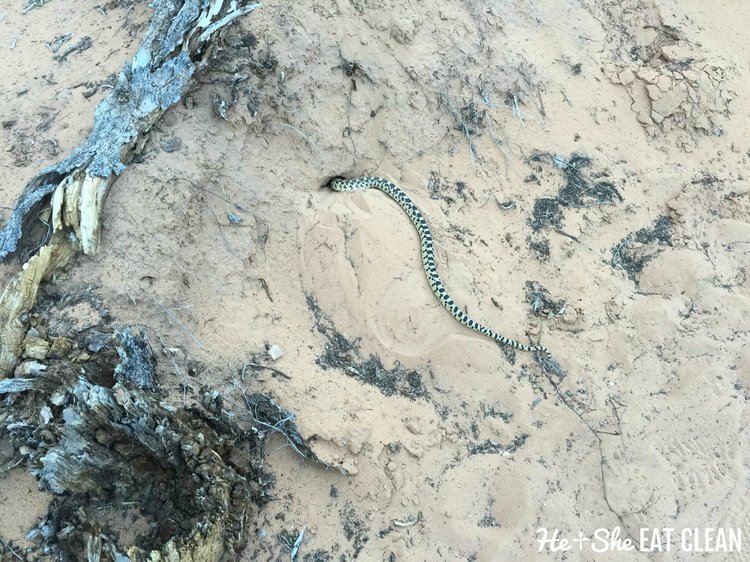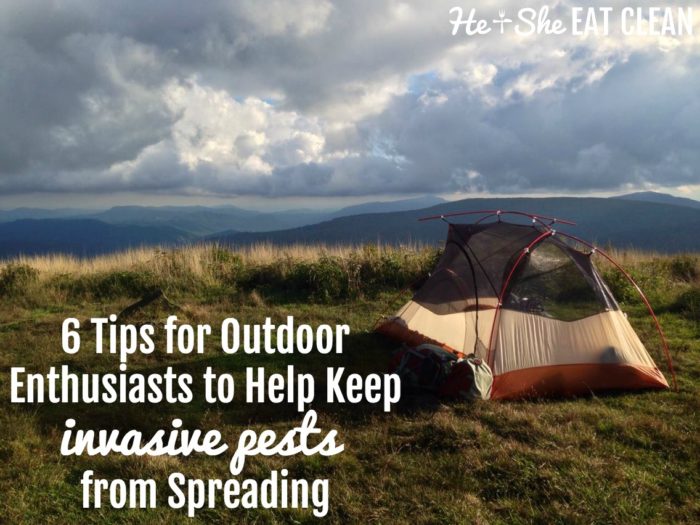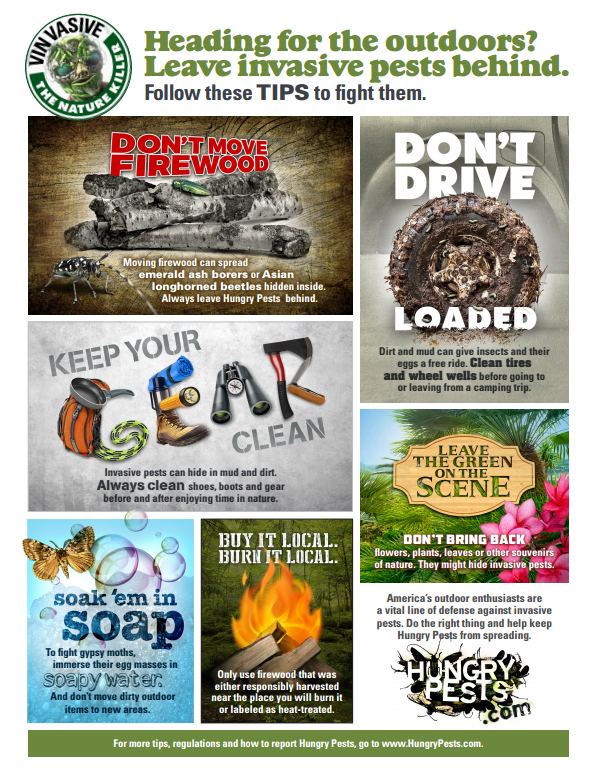5 Reasons Why You Should Never Hike
1. There’s really nothing to see…it’s all trees!
You know that Bill Bryson book A Walk in the Woods? Well, yeah, that’s basically all hiking is, so why waste your time setting out on some crazy adventure just to see more trees? You’ll spend countless hours in the woods just to get a glimpse of some random scenic viewpoint. Don’t waste your time…you can just drive to a magnificent view like Clingmans Dome in Great Smoky Mountains National Park or Dante’s View in Death Valley National Park.
2. You’ll get lost
Typically, GPS does not work well and, let’s be honest, nobody really knows how to use a map and compass. Trails are hard to follow (especially in the fall when leaves cover the trail) and trail junctions are often confusing, so think twice before setting out this weekend! If you must go out to hike, don’t hike so far in that you lose cell reception, which is a great segue…
3. No cell reception
As mentioned above, you will definitely get lost at some point when hiking and you won’t be able to call for help or use Siri to help you down to your car because you will lose cell reception in the woods.
You can use your phone camera to take pictures of all those trees and even get a cool selfie with the trees, but you won’t be able to do anything with it – on the trail there’s no Instagram, no Snapchat, no Facebook…nothing! What good is it to set out on a hike if you can’t even share it with your friends? Sure, you can post/share it later, but why would you ever want to post something after the fact…doesn’t that defeat the purpose of social media?
Pro trip – use hashtags like #wanderlust #adventure #authentic #blessed #goodvibes #YOLO #like4likes
4. Dangerous animals
Where do I even start? First of all, there are tiny critters just waiting to wreak havoc on your life – annoying bugs, ticks with Lyme disease, mosquitos with Zika, poisonous spiders and other even tinier critters like parasites, waterborne pathogens, and viruses that will hit you without ever seeing them!
On top of those small critters, you get into some serious dangers from larger animals like bears, mountain lions, cougars, coyotes, wolves, and snakes…animals that will actually eat you! These angry animals are lurking behind random boulders, waiting at switchbacks and probably hiding in those trees you came to walk amongst. These animals are most active at dawn and dusk, so you should only hike in the middle of the day.
Pro tip – ticks are attracted to the scent of Starbucks coffee, so if you go to Starbucks you probably should never hike or just avoid that trip before you head out to the trees.
5. Weather never cooperates
No matter what, it’ll either be too hot, too cold, too cloudy, too sunny, too windy, too humid, or too wet and, often, it can be all the above in the same hike. That just sounds miserable, right? Unless you have $1,000+ to drop on the top gear at your local REI, it will be miserable because you will not be prepared for the rapid climate changes you’re likely to face. It’s not just about being comfortable…all of these different conditions can have drastic affects to your health – too hot and it’s heat exhaustion; too cold and it’s hypothermia. These are serious concerns for every hiker…why would you want to raise your risk for such conditions?
Pro tip – flannel shirts are best all-around for enduring any type of weather condition. It’s warm enough in cold weather, blocks out the wind and serves as a great sweat towel if it’s hot and humid.
In case you haven’t noticed yet, these warnings are meant to be satirical. Hiking is our favorite hobby and we’d love for others to get exposed to hiking and all the rewards it provides. We've shared a TON of hiking trip reports and tips here but stay tuned for much more!
As always, follow the Leave No Trace Principles.







![#ProgressIsPerfection [3 Simple Ideas to Reach Your Goals]](https://images.squarespace-cdn.com/content/v1/555c964fe4b07d15252a8927/1520969172984-7HDOHI6ZRM0PCZCZ7O67/progress-is-perfection-silk-he-and-she-eat-clean2.jpg)




































